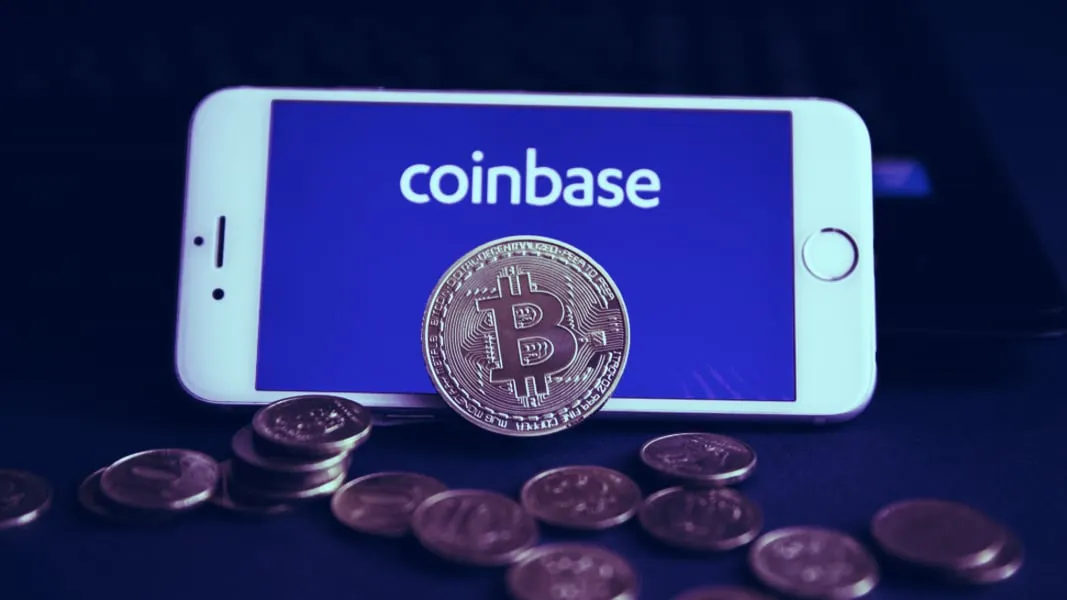We do the research, you get the alpha!
Do you know your Bitcoin private key? How about a seed phrase instead? If you’re looking blankly at the screen right now, don’t worry, help is at hand.
One of the great things about Bitcoin is you can store it yourself. Instead of hiding bags of cash under the mattress, all it takes is keeping one string of alphanumeric digits–or a twelve-word seed phrase–written somewhere safe. This makes it much harder for a robber to steal your money from your house and could allow you to spend money without government interference–yes, Assange, we know you’re reading this.
But not enough of us keep our money safe. According to the Bitcoin rich list, the top 1% of addresses hold more than 90% of the total supply. Some of these addresses are high-net-worth individuals who hold large amounts of Bitcoin, such as the Winklevoss twins but many of them are cold storage–securely held coins–for exchanges. This means the majority of Bitcoin is not held by users but stored on exchanges. While users technically own the funds, they are controlled by the organization running the exchange, like Coinbase or Binance. Some exchanges are even operated by anonymous teams, including Bitfinex and HitBTC.
#1 most important rule about owning Bitcoin. If you don’t own the private keys, you don’t own the Bitcoin. Do NOT leave your coins on exchanges!
— Vinny Lingham (@VinnyLingham) December 7, 2017
While keeping ownership of funds has been a principle for old-school Bitcoiners, it often needs reminding to those who are new to the space. To do this, Trace Mayer, host of the Bitcoin Knowledge podcast and investor in crypto exchange Kraken, has created a movement encouraging everyone to take their funds off exchanges, and into their own hands. The “deadline” for this is January 3, although any day afterwards is presumably fine too.
But for the crypto uninitiated it may not be clear what this all means. It’s hard to see why Coinbase is so bad. It all comes down to whether or not you own the private key–or seed phrase–to your Bitcoin address. The private key is what signs transactions, and is a bit like the digital equivalent of a pin number. But, if someone knows your private key–they don’t need to steal anything like a debit card–they can just move your money.
But why not just trust Coinbase? The insurance policy the exchange touts as a mark of security only applies to funds locked away on its online storage, which is only 2% of total customer funds. This means if its cold storage was compromised, the funds may not be covered by Coinbase. And this has happened before, in the case of Trade.io.
But the more pressing issue is, crypto exchanges, in general, have poor security. In fact, total thefts from crypto exchanges have nearly reached $1 billion in 2018 alone. The safest thing is to take control of your own coins and store them securely in your own wallet.
So, what’s the first step? Download a crypto wallet, start with a software wallet for now but read into why a hardware wallet–physical and looks like a USB stick–might be safer. There are many to choose from, including Electrum for just Bitcoin and Jaxx for those who want to experiment with other coins like Ether and XRP. This guide will look at Electrum as it has a straightforward setup and is easy to use.
Once you have downloaded Electrum, you have to decide which kind of security to use for it. The three options are: standard wallet, two-factor authentication and multi-signature. Two-factor authentication adds security by requiring a code to be entered from an app on your phone. This is generally recommended. Multi-signature refers to how many private keys you wish to generate and how many people keys are needed to sign each transaction. For example, the Winklevoss twins might decide to have two separate keys that are both needed to make a transaction so that an adversary could not steal their funds by getting the key from just one twin. You probably won’t need to do that for now.
After selecting the type of wallet and setting up two-factor authentication if desired, you then need to create a key. Click “create a new seed,” and choose either standard or segwit. Segwit is a new type of address that is designed to lower transaction fees for the Bitcoin network as a whole but is not fully supported across the network. Best to choose Segwit and help the network to evolve, unless you need to interact with any non-Segwit addresses–known as legacy addresses–which Binance still uses.
And here they are, those twelve magic words that can secure your financial freedom. This is your seed phrase and can be used to backup your private key–which is hidden within the app but can be accessed. Make sure to write them down in a safe place. If you lose them, you will have no way of getting your funds back if the app ceases to work. And, more importantly, don’t store them on something you might throw away.
Super, you’re in and set up. Now it’s time to break down the wall and take control of your funds. Simply copy your “receiving address” from the Electrum app and paste it into the “sending address” in Coinbase or whichever exchange you use. Select as much as you wish and click send. The transaction will typically take 10-20 minutes but depends upon the current speed of the Bitcoin network. Now you have money that is in your hands, which you can send to people in other countries cheaply and spend almost anywhere in the world. What a grand day’s work.





